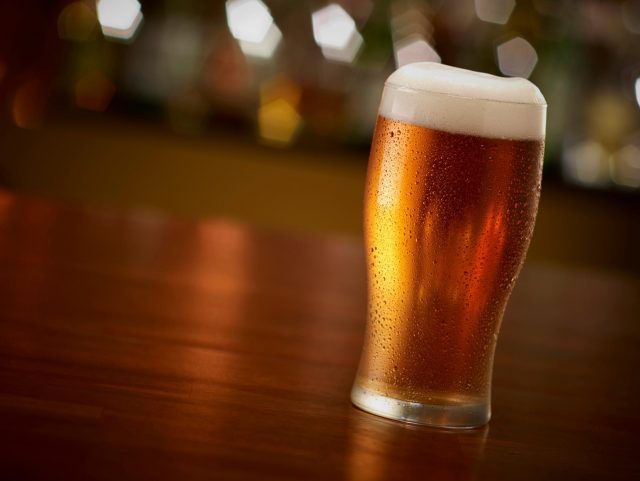
Here are 20 things you didn’t know about beer, but should — brought to you by Discovermagazine.com.
1. The oldest known recipe is for a 4,000-year-old beer made by the Sumerians.
2. In the 1980s, Anchor Brewing re-created these ancient Fertile Crescent suds.
3. Sumeria’s neighbors, the Egyptians, built the pyramids under the influence. Workers at Giza received about four liters of beer a day, according to Patrick McGovern, a biomolecular archaeologist at the University of Pennsylvania.
4. Beer (in part because it contains antimicrobial ethanol) was a healthier drink than polluted Nile river water.
5. Ethanol, the intoxicant in beer, is a powerful antiseptic, but not a good cold remedy. The optimal blood alcohol content to kill germs would be more than 60 percent. Alas, that’d kill you, too. (Fatal alcohol poisoning occurs between 0.40 and 0.50 percent.)
6. Salud! Researchers at the University of Western Ontario found that micronutrients called polyphenols in one 12-ounce (0.35-liter) bottle of beer create protective levels of plasma antioxidants that can prevent heart disease.
7. But at three bottles a day, the cardiovascular benefits of beer are reversed by the pro-oxidants your body creates as it metabolizes excess ethanol.
8. Another side effect, beer farts, might earn you an offer for a bung — the large cork that seals a cask’s bunghole to allow beer to ferment properly.
9. In Great Britain alone, 93,000 liters of beer are rumored to be lost each year in facial hair.
10. You might have known that fact if you were a beer expert, or cerevisaphile — a word derived from the Latin name of the Roman goddess of agriculture, Ceres, and vis, meaning strength.
11. More on-tap trivia: “Aplenty bahl steinber horn!” means “A really great beer!” in Boontling, a folk language developed by workers in the hop fields of California’s Anderson Valley.
12. Hops, the bittering agent in beer, belong to the family Cannabaceae, making them marijuana’s close cousins and lending a little perspective to the term “hopped up.”
13. Trippy: Stanford researchers found that beer bubbles create a gravity-defying loop. Bubbles head up in the center where frictional drag from the glass is less and down on the outside as the top gets crowded.
14. While you’re examining your beer, try an experiment: Tilt the glass to see if foam adheres to the side. If it does, that’s called “Brussels lace,” considered by some to be a sign of high-quality beer — and clean glasses.
15. Experimenting with beer has taken many forms. John Lubbock, an 18th-century naturalist, studied the behavior of beer-boozy ants.
16. If the wandering drunken insects stumbled upon sober comrades from the same nest, they were carefully carried back home to sleep it off. Drunken strangers met a different fate: They got tossed.
17. According to a study from the London Business School, political differences dictate American beverage choice: Conservatives prefer domestic pours such as Busch to imports like Guinness.
18. Speaking of Guinness, to pour a perfect pint of the company’s stout, you need to let it rest for exactly 119.5 seconds between the first pour and the top-up — a period called the surge and settle.
19. That’s when nitrogen comes out of solution and forms a creamy head.
20.What do you call the study and practice of yeast fermentation in brewing? (Hint: It’s also the last word in many dictionaries, as well as in this issue of DISCOVER.) Zymurgy.



Be the first to comment